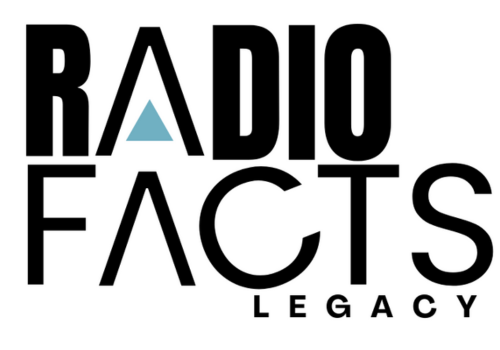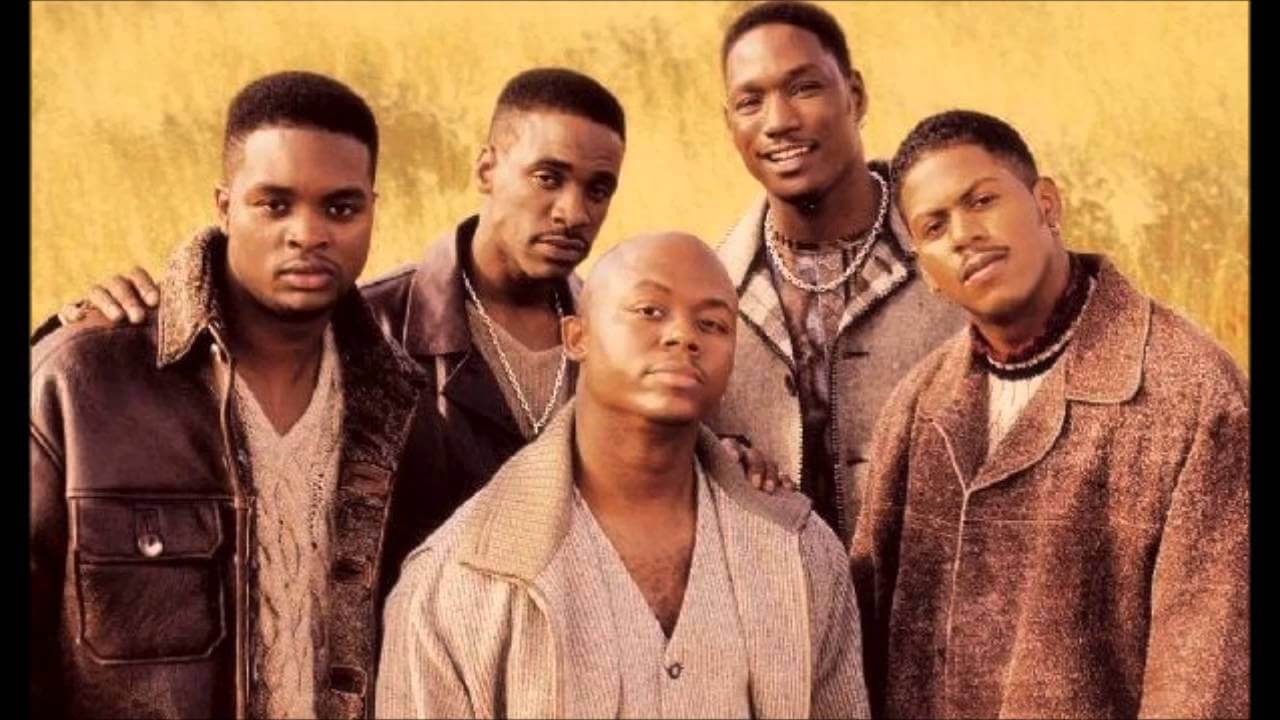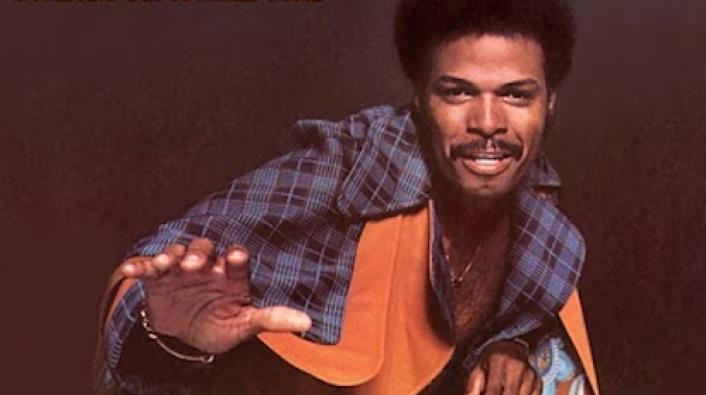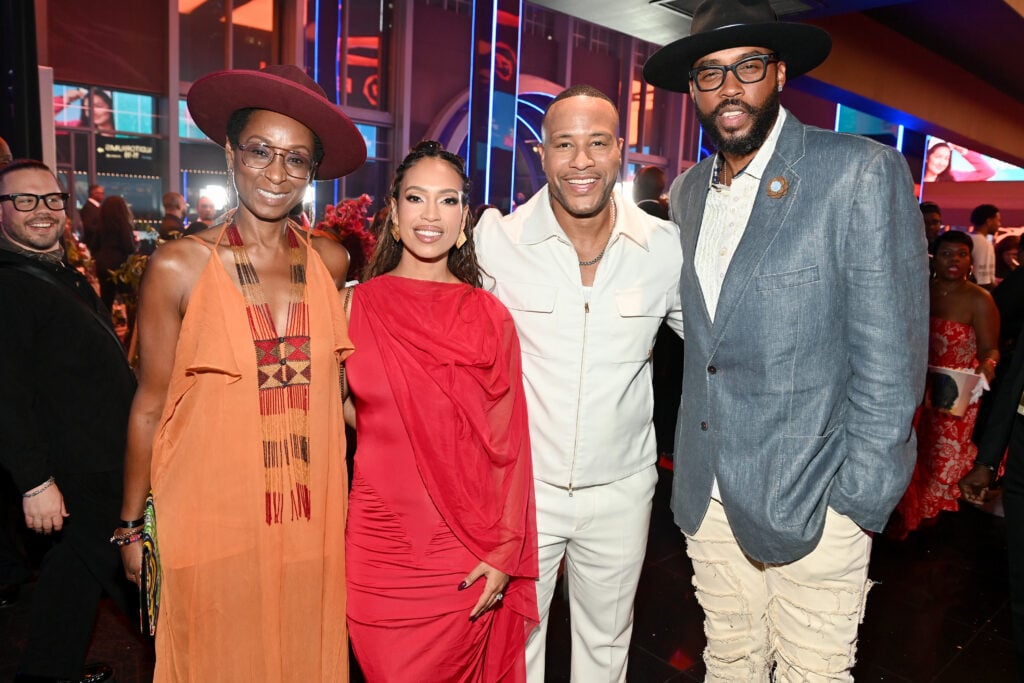Alan Burns recent study would CERTAINLY apply to urban radio as well. Syndication, Voice tracking and homogenized urban radio have all alienated the listener in the one format that so greatly depends on the connection to the listener. When urban radio stops communicating with the local community.. it dies a slow and painful death.— ——————————–What Does Music Radio Communicate When It’s Not Playing Music? Is it talking to its audience?by Alan BurnsWhen a music radio station talks, does it talk about things the audience wants to hear, or about things the station wants the audience to hear? How much of music radio’s verbal content is driven by the station’s needs, and how much by the audience’s needs and desires? We have felt for some time that music radio has come to be dominated by talk about the station, rather than talk that is driven by a focus on the audience. So we set out to discover whether our opinion was accurate.Alan Burns and Associates conducted a content analysis of AC and CHR stations across the U.S. designed to answer these three questions:* How often do these stations address the listener with a comment or message about the listener?* How often do music radio stations talk about music?* What does music radio talk about when it’s not playing music?To address those questions, we monitored twenty AC and CHR stations in markets between 10 and 100, and coded the content of each break. A summary table of results is included at the end of this report, as is a discussion of the methodology of the study. (read the whole story here)
Home Radio and Music Industry News Alan Burns’ Recent Study on Radio’s Disconnect with Listeners Applies to Urban...






